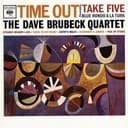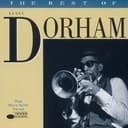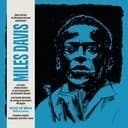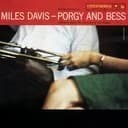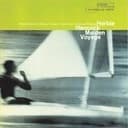Understanding the E♭ Bebop Major Scale
The E♭ Bebop Major scale emerged during the bebop era as jazz musicians sought to create more fluid, chromatic melodic lines while maintaining strong harmonic foundation. By adding the ♯5 (B natural) between the 5th and 6th scale degrees, bebop pioneers like Charlie Parker and Dizzy Gillespie created a scale that naturally emphasized chord tones on downbeats when played in continuous eighth notes.
This scale functions as an embellished version of the E♭ Major scale, maintaining all the same chord tones while adding sophisticated chromatic motion. The added B natural creates a half-step approach to the 6th degree (C), generating tension and release that defines the bebop sound. This chromatic passing tone doesn't alter the underlying major tonality but enriches the melodic possibilities significantly.
Scale Structure and Intervals
The interval formula for the E♭ Bebop Major scale is 2-2-1-2-1-1-2-1 (measured in half steps), creating the note sequence: E♭-F-G-A♭-B♭-B-C-D. This produces the scale degrees 1-2-3-4-5-♯5-6-7, where the augmented 5th serves as the characteristic chromatic passing tone.
The strategic placement of this passing tone between B♭ and C creates what jazz educators call "correct metric placement." When playing continuous eighth notes starting on a downbeat, all chord tones (E♭, G, B♭, D) land on strong beats while passing tones fall on weak beats. This rhythmic alignment is the primary reason bebop musicians developed this eight-note scale rather than continuing to use traditional seven-note scales.
Practical Applications in Jazz
The E♭ Bebop Major scale excels when improvising over E♭maj7 chords and their extensions. It works particularly well in ii-V-I progressions in E♭ major, providing smooth chromatic connection between chord changes. Jazz standards in three flats like "Satin Doll" (portions) and various compositions by Duke Ellington create perfect contexts for this scale.
Alto saxophonists find the E♭ Bebop Major scale especially practical since E♭ is a concert pitch that corresponds to C on their instrument. This makes the fingering patterns familiar while the harmonic context requires advanced jazz thinking. Pianists often use this scale in the right hand while comping with rootless voicings in the left, creating sophisticated bebop textures.
When practicing the E♭ Bebop Major scale, focus on starting phrases on chord tones and allowing the passing tone to fall naturally on offbeats. Experiment with different rhythmic groupings and phrase lengths while maintaining the chromatic motion between B♭ and C. This approach develops the authentic bebop vocabulary that characterizes the style.
Common Chord Progressions
The E♭ Bebop Major scale naturally supports progressions built from the E♭ major tonality. Common chord sequences include E♭maj7-Fm7-Gm7, A♭maj7-B♭7-E♭maj7 (IV-V-I), and Cm7-Fm7-B♭7-E♭maj7 (vi-ii-V-I). The added chromatic tone provides smooth voice leading between these chords without disrupting the underlying major key center.
When the harmony moves to the V chord (B♭7), many bebop musicians would switch to the B♭ Bebop Dominant scale rather than continuing with E♭ Bebop Major. This creates stronger harmonic definition and more sophisticated chromatic motion. Understanding when to switch between related bebop scales is essential for authentic bebop improvisation in the E♭ major tonality.
Learning and Practice Tips
Begin practicing the E♭ Bebop Major scale by playing it slowly in eighth notes, ensuring the B natural (chromatic passing tone) connects smoothly between B♭ and C. Practice starting the scale on each chord tone (E♭, G, B♭, D) to develop different phrase shapes. Record yourself playing chord changes and improvise using only this scale to internalize its sound and application.
Transcribe bebop solos that use the E♭ major tonality, identifying where masters like Charlie Parker inserted the chromatic passing tone. Notice how they emphasized chord tones rhythmically while using the passing tone for melodic flow. This analytical listening combined with active practice builds comprehensive understanding of the E♭ Bebop Major scale in authentic musical contexts.
Combine the E♭ Bebop Major scale with other bebop scales (dominant, minor, harmonic minor) to create complete vocabulary for navigating jazz progressions. Practice common ii-V-I progressions using appropriate bebop scales for each chord, developing the flexibility to switch scales seamlessly while maintaining melodic coherence and rhythmic precision.
